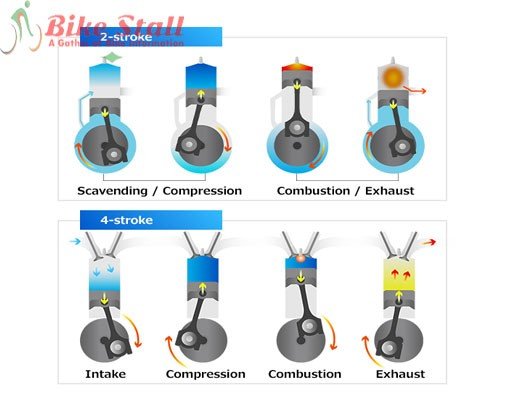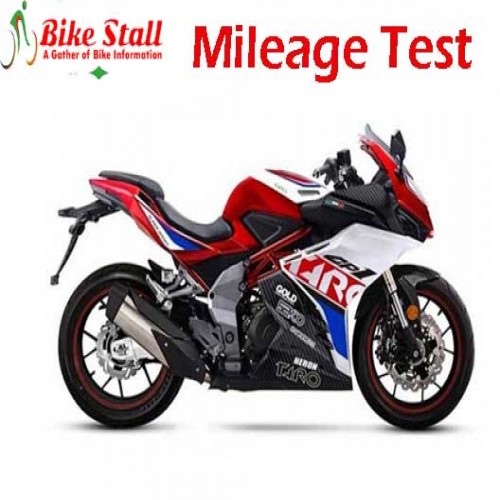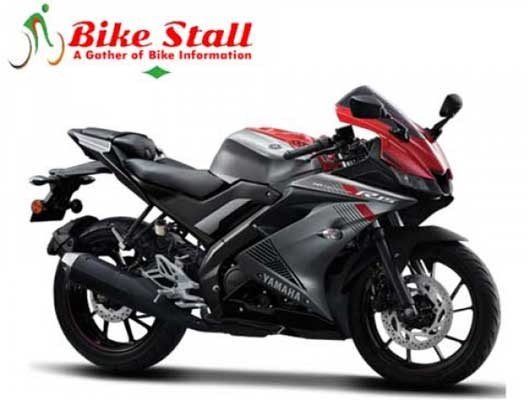What is "stroke" in a Bike?

"Stroke" in a motorcycle refers to the distance that the piston travels inside the cylinder, from top dead center (TDC) to bottom dead center (BDC), or vice versa. Stroke, along with bore, is one of the primary measurements that determine an engine's displacement, which is the total volume of air and fuel that the engine can intake and combust in one full cycle.
The length of the stroke is measured in millimeters (mm) or inches (in) and can be determined by subtracting the height of the piston at TDC from its height at BDC. Stroke length can vary depending on the engine design and can be classified as short-stroke, long-stroke, or square-stroke.
Short-stroke engines have a smaller distance between TDC and BDC, which means the piston travels a shorter distance during each cycle. This allows the engine to rev higher and produce more power but with less torque. Long-stroke engines have a larger distance between TDC and BDC, which means the piston travels a longer distance during each cycle. This allows the engine to produce more torque but with less high-end power.
Square-stroke engines have equal bore and stroke measurements, which means the piston travels an equal distance during each cycle. This type of engine is often used in motorcycle racing because it offers a balance of high-end power and low-end torque.
The stroke length is an essential factor in determining an engine's power and torque output, along with other factors such as bore size, valve size, and compression ratio. Engine designers often balance the stroke length with other factors to achieve the desired performance characteristics for a particular motorcycle.



